 Yoga today: a wandering aghori, or saddhu, in India with characteristic topknot drinking from a skull cup emulating Shiva (seen behind).
Yoga today: a wandering aghori, or saddhu, in India with characteristic topknot drinking from a skull cup emulating Shiva (seen behind). Did the Buddha practice yoga on his way to enlightenment? It was ancient India, and he was a member of the warrior caste (kshatriya) who became a wandering ascetic.
Did the Buddha practice yoga on his way to enlightenment? It was ancient India, and he was a member of the warrior caste (kshatriya) who became a wandering ascetic.Wandering asceticism (shramanism) was the counterculture way of the yogi rather than the career of the brahmin, the establishment temple priest (Brahmanism).
Setting off from the palace, he chose the path of the wandering recluse under one renowned yogi, Alara Kalama, then another, Uddaka Ramaputra.
 Siddhartha began his spiritual career in his final birth by approaching a prominent teacher (guru), a great yogi of the time, asking to be a disciple (chela).
Siddhartha began his spiritual career in his final birth by approaching a prominent teacher (guru), a great yogi of the time, asking to be a disciple (chela). The purpose of yoga is preparing the body and spirit for sitting meditation, which the Bodhisatta engaged in at length.
But austerities, or tapas, is also a yogic practice. Breath-control (restraint), or pranayama, as well as other restraints (yamas) -- all of these and more were part of his practice, although they were only systematized five or six centuries later by the Sage Patanjali as an eight-limbed path (ashtanga).
The Buddha realized that the body was only a component of the Path, not its major obstacle. Full bodily control does not lead to enlightenment. But developing the breath and mind is very difficult, if not impossible, without consideration of the body.
Integral Yoga is the eightfold "union" of factors that unites a person, optimizing all that is necessary to gain samadhi (the first four meditative absorptions, jhanas, intensified-concentration), which forms the foundation for insight-practice (vipassana).
And it is the culmination of these two Path-factors that leads to enlightenment.























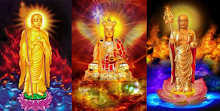

















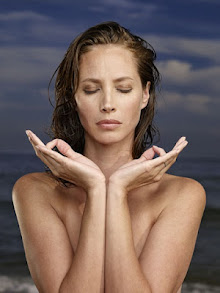






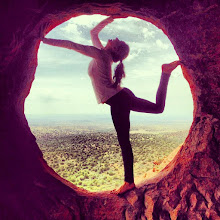
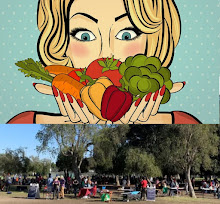









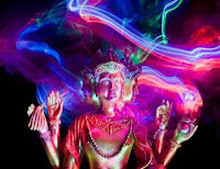









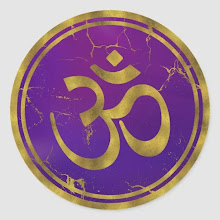














































































































































































No comments:
Post a Comment